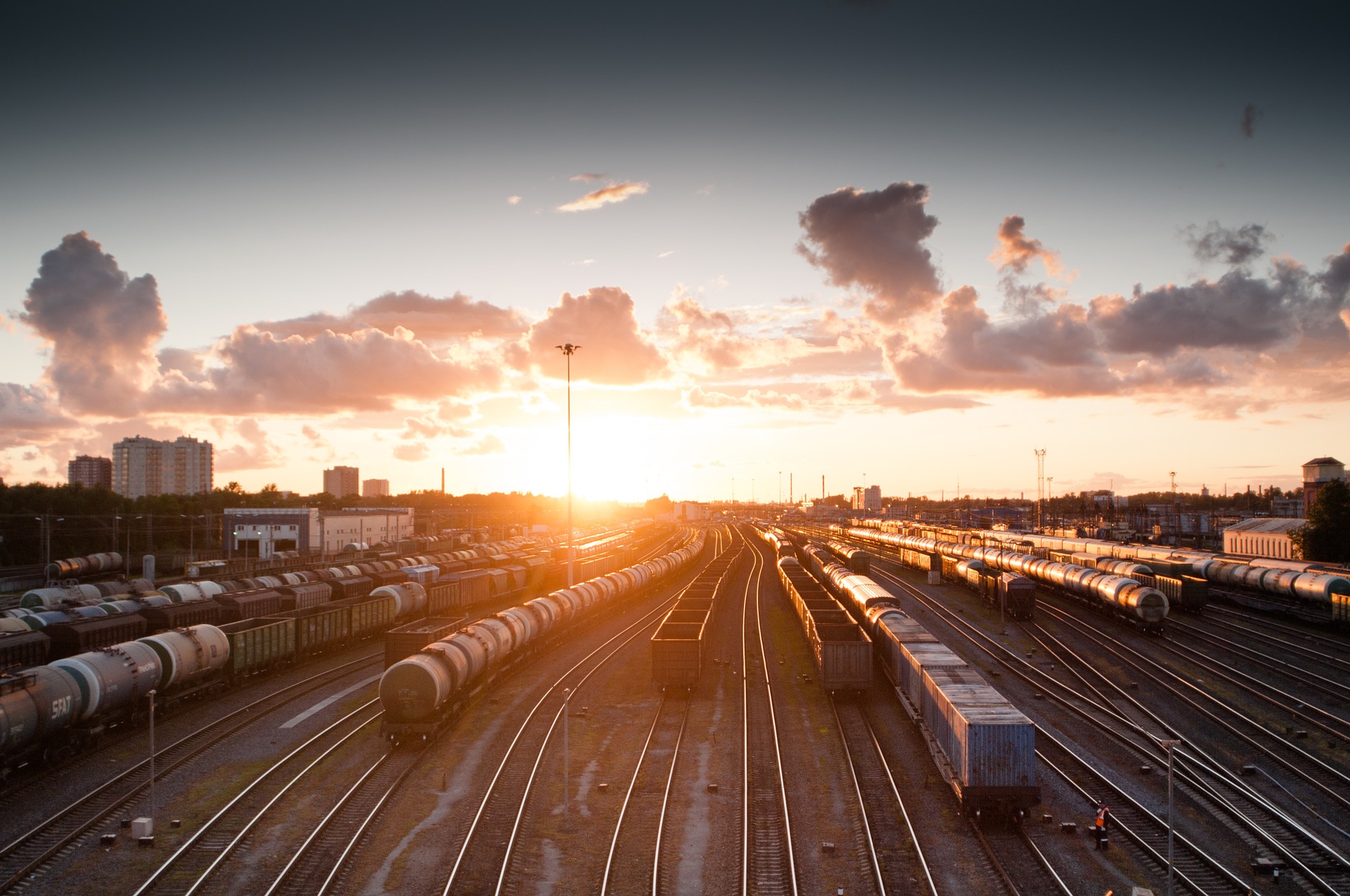Railway history goes back almost 2000 years, and today it has developed so far that the countries can compete for the most advanced railway technologies in the global market. Besides, in many places in the world the industry starts using renewable energy instead of the diesel. The global transport demand increases rapidly. Taking into consideration the present tendencies, the activity of passenger and cargo transportation will increase by 2050 – it will at least double. Such growth is a proof of social and economic progress.
Which countries export the best train technologies?
Although Great Britain and US dominated in the market of train technologies for many decades, their prestige decreases now. At the same time, China is, perhaps, not the best exporter of railway technologies; however, it is certainly the largest market player, particularly – in the field of high-speed trains. Most of the Western countries would have to learn many things from Chinese high-speed railway network, which is one of the most efficient in the world, and its value during the last decade had been around 34 billion euro thanks to enormous investments, the purpose of which had been to improve the condition of railway tracks and to build new rolling stock.
If China is the largest exporter of railway technologies in the world, then its neighbouring country Japan certainly is technologically the most advanced manufacturer in the market. At present Japan has corrected the length of its manufactured bullet train, because its aim was to reach the markets of Taiwan and Texas. Probably, there is no surprise that in the global railway efficiency study 2019 two best places were taken by Japan and Hong Kong.
India also continues to make progress. There the passenger transportation by railway during two decades has increased by almost 200% and the cargo transportation – by 150%.
Meanwhile, Germany has become the leader of European and international railway markets. One of the most efficient railway companies in the world is situated in Germany (company – Deutsche Bahn). Besides, Germany has manufactured the world’s first hydrogen-powered train, thus striving to reduce the use of diesel for the operation of railway system.
Although Germany was the first country to introduce hydrogen-powered trains on its train paths, the manufacturer supporting this idea comes from France. France is also considered to be one of the heavyweight representatives and one of the main railway machinery exporter in the world with different projects in Africa, Europe, US and outside it.
Italy also is considered to be one of the most important railway exporters. And it is the first European country that introduced high-speed cargo transportation by railway. Using the high-speed railroad, the private trains or “railway Ferrari” linked capital Rome and Napoli within a bit more than an hour.
One more unique specificity of French network is the tunnel between France and Great Britain focusing enormous cargo flow from all Europe and encouraging private and national railway companies to establish and develop really gigantic network in order to access to the main railway linking the continental part – Europe and Great Britain.
Electrification of Trains within the Future Scenarios
The transport industry is responsible for a half of world’s oil demand and for approximately one fourth of world’s CO2 emissions caused as a result of the combustion of fuels. Therefore changes in transport are essential in order to achieve the energy transition all over the world.
Although railway is one of the most energy efficient types of cargo and passenger transportation, during the public discussions it is often neglected. The railway industry transports 8% of world’s passengers and 7% of world’s cargo, and it is only 2% of the total demand of transport energy.
Nowadays cargo transportation by railway is concentrated in China and US – the cargo transportation in each of these countries constitutes about one fourth of the world’s cargo transportation by railway, and in Russia, where it constitutes one fifth. Minerals, coal and agricultural products constitute the largest portion of cargo transportation by railway.
Regions, where the activity of electric trains is the highest, are Europe, Japan and Russia, whereas North America and South America still rely mostly on diesel. The passenger railway transport is almost more electrified in all regions than rail freight. In conformity with the basic scenario, the railway transport in almost all countries and regions becomes completely electrified. An exception is North America, where it is forecasted that cargo transportation will be still implemented using diesel.
Railway transport is still the most efficient and almost the cheapest way to transport passengers and cargos for long distances. And its cost efficiency becomes even more noticeable, when the volume of cargo increases, and it should be transported for a longer distance. Besides, it should be pointed out that the future of the railway will be determined by the fact, how it will react to both the increasing transport demand and to the increasing pressure caused by competing types of transport.



